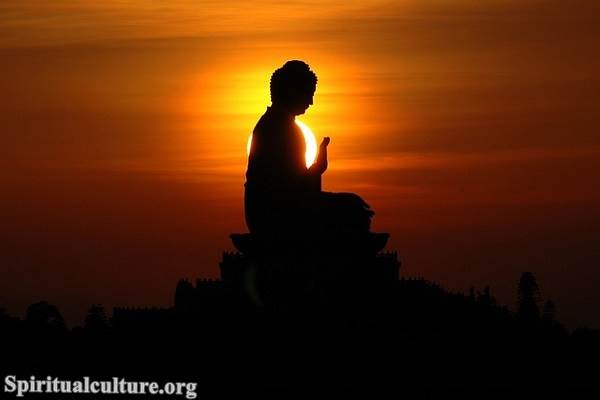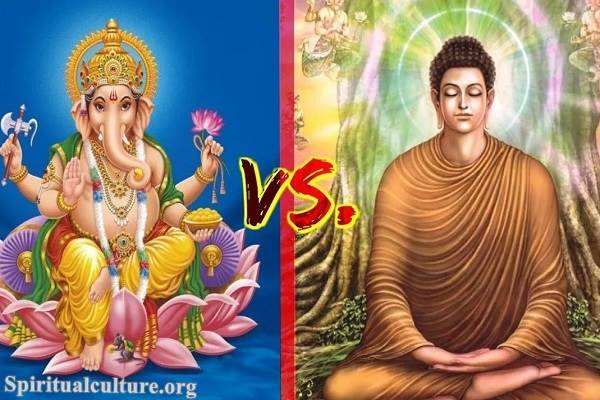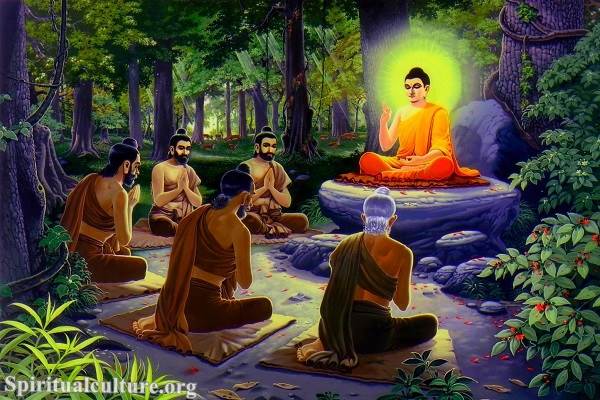It encompasses both the ultimate truth and the individual practices that lead to the realization of that truth.
The Dharma can be understood as the Buddha’s way of understanding and seeing the world, which provides guidance for ethical behavior, mental cultivation, and spiritual development.
The study and practice of the Dharma are considered essential for reaching enlightenment and liberation from the cycle of birth and death.
In addition to its ethical and spiritual significance, the Dharma also encompasses the laws and natural phenomena that govern the functioning of the universe. The study and practice of the Dharma are considered to be a means of purifying the mind and developing wisdom, compassion, and other wholesome qualities.
There are many different Buddhist scriptures and texts that contain the Dharma, including the Sutras and the Vinaya. The teachings of the Buddha are traditionally divided into three baskets, or “Tipitaka”: the Sutra Pitaka, the Vinaya Pitaka, and the Abhidharma Pitaka. These collections contain teachings on ethics, meditation, and philosophical analysis, respectively.

The study and practice of the Dharma are central to the Buddhist path and are considered a means of transforming the mind and freeing oneself from suffering. Through following the Dharma, Buddhists aim to develop greater understanding, compassion, and wisdom, and to ultimately attain the state of enlightenment.
In addition to the written teachings, the Dharma can also be transmitted through oral tradition and personal guidance from a qualified teacher. The teacher-student relationship is considered essential in Buddhism, as the teacher can provide guidance, support, and clarification in the practice of the Dharma.
The practice of the Dharma is not limited to monastic life, and lay Buddhists are encouraged to integrate the teachings into their daily lives. This can involve regular meditation and mindfulness practices, ethical behavior, and participating in Buddhist rituals and ceremonies.
It is also important to note that the Dharma is not considered to be fixed or static, but rather a dynamic and adaptable set of teachings that can be applied in various cultural and historical contexts. As such, there is a rich tradition of interpretation and adaptation of the Dharma throughout the history of Buddhism.
In summary, the Dharma in Buddhism refers to the teachings of the Buddha that provide guidance for ethical behavior, mental cultivation, and spiritual development, and is considered essential for reaching enlightenment and liberation from suffering.





